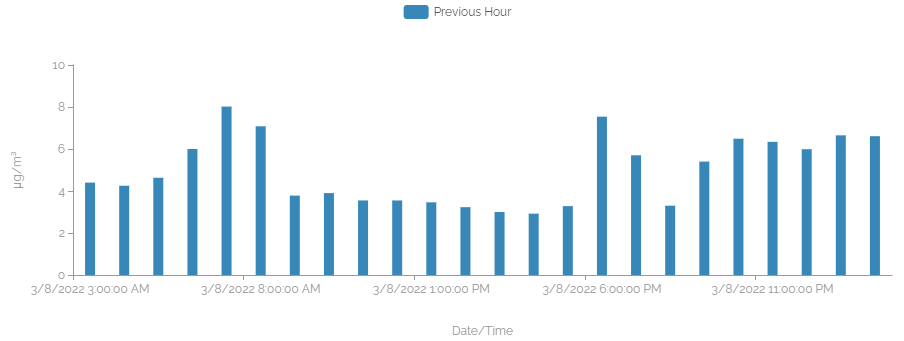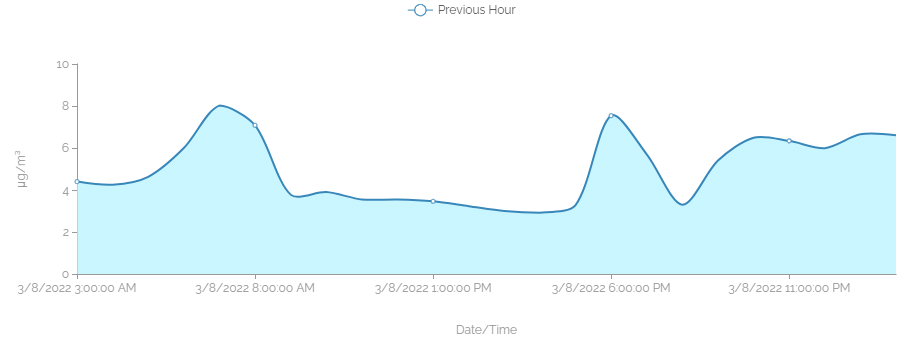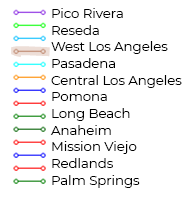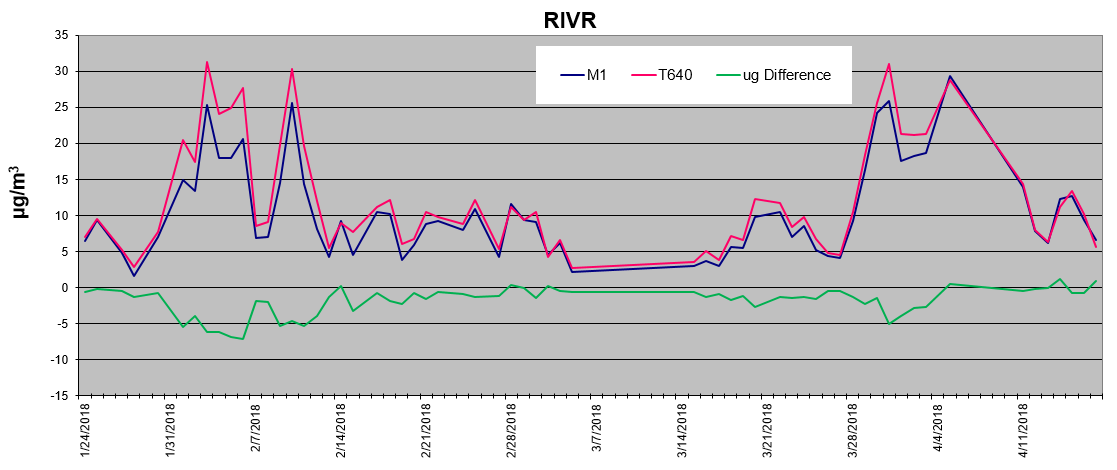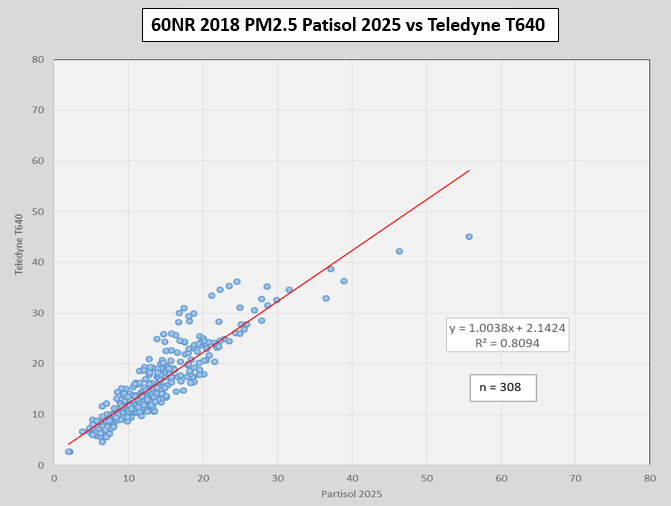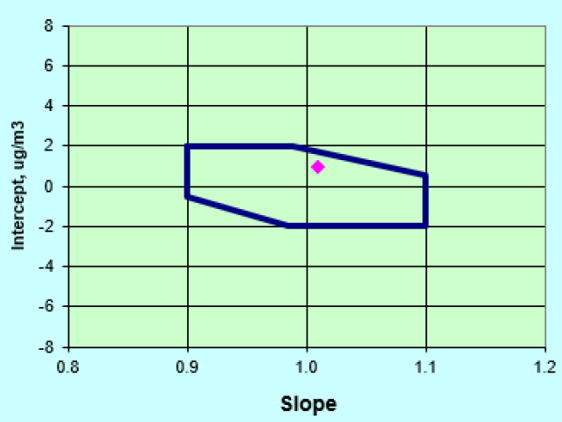Air Monitoring
| Station Name | County | PM2.5 (µg/m3) |
PM10 (µg/m3) |
O3 (ppb) |
NO2 (ppb) |
CO (ppm) |
SO2 (ppb) |
H2S (ppb) |
|---|---|---|---|---|---|---|---|---|
| Indio | Riverside | 12 | 80 | 200 | - | - | - | 10 |
| Mecca | Riverside | NA | NA | 180 | 40 | 21 | - | 20 |
| Palm Springs | Riverside | 11.5 | 180 | 120 | 30 | 18 | - | - |
| Banning | Riverside | 10.8 | 95 | 63 | 20 | - | - | - |
| Mision Viejo | Orange | 8.9 | 65 | 150 | 53 | 19 | - | - |
| Central Los Angeles | Los Angeles | 33 | 150 | 360 | 45 | 15 | 10 | - |
Filters
Frequently Asked Questions
Air Pollution, Ambient Air Quality Standards, and Clean Air Plan Questions
-
What is air pollution?
Air pollution is a complex mixture of gases and small particles suspended in the air. The different health effects of air pollution are dependent on how much of the pollutant is in the air, how long a person is exposed, as well as the person’s health conditions, age, and genetic background. Children, elderly people, and people with certain health conditions, such as diabetes, heart or lung disease, are more sensitive to the health effects of air pollution. In California, “smog” is primarily driven by two pollutants: particulate matter (PM) and ozone. For more information, http://www.aqmd.gov/home/air-quality.
-
What is the Clean Air Act?
The Clean Air Act (CAA) is the comprehensive federal law that regulates air emissions from stationary and mobile sources. Among other things, this law authorizes EPA to establish National Ambient Air Quality Standards (NAAQS) to protect public health and public welfare and to regulate emissions of hazardous air pollutants.
-
What are the National Ambient Air Quality Standards?
-
What does it mean to be in attainment?
Any area that meets the national primary or secondary ambient air quality standard for a NAAQS.
-
What does it mean to be in an area of non-attainment?
Any area that does not meet the national primary or secondary ambient air quality standard for a NAAQS.
-
What is a Clean Air Plan and where can I find the Clean Air Plans for South Coast AQMD?
Clean air plans are the essential blueprints for action by the South Coast AQMD. The South Coast AQMD is required to update its plans on a regular basis. Updates may take the form of a new plan or an amendment. Plans range in scope from the regional Air Quality Management Plan (AQMP) to plans dealing with specific pollutants in specific geographic locales to the Air Quality Monitoring Network Plan. For more information, visit http://www.aqmd.gov/home/air-quality/clean-air-plans

